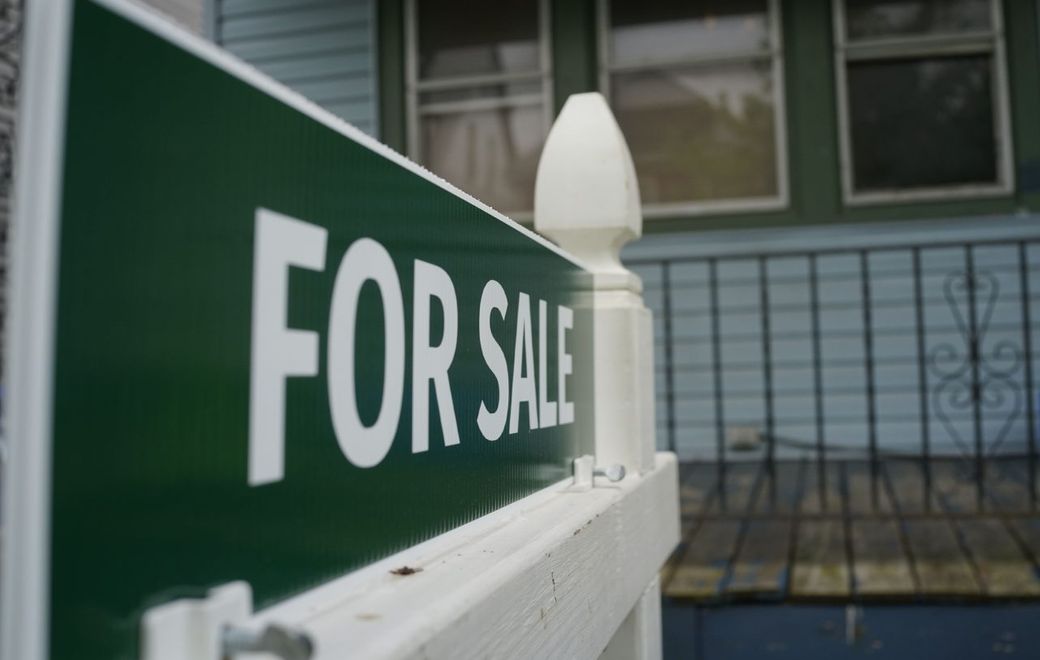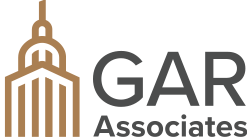
Real estate open houses and in-person showings will soon be allowed once again in Western New York, but only under strict health guidelines under new rules issued by the state on Friday.
Those restrictions include requiring the use of masks and sanitizer, social distancing and limits on the number of people that can be present in a home, according to new guidance for residential real estate services under the phase two reopening that is expected to begin as early as next week.
The guidance will allow for more activity to return to the local housing market, which had been severely limited during the lockdown. Showings were largely confined to vacant homes, and homeowners were reluctant to list their properties at a time when it was difficult for prospective buyers to see them in person. The shutdown economy, which pushed jobless levels locally above 25%, also put a brake on new activity within the market at a time when the number of homes for sale is at a record low.
The guidance, which will remain in effect during New York’s ongoing state of emergency, applies to real estate agents as well as home inspectors, appraisers and property managers. Separate but similar rules will go into effect for commercial real estate as well.
According to the rules:
- In-person showings and open houses are only allowed in vacant properties or homes where the owner or lessee is not currently inside. Agents or other “responsible parties” should limit the number of people viewing a property at any time.
- Where possible, remote walk-throughs using recorded or live video are still preferable, though not required.
- Face masks are required at all times during property visits, and agents or other responsible parties may also require gloves or shoe-covers. If necessary, the responsible parties should provide the masks and gloves.
- Appointments for showings should be scheduled in advance if possible, to avoid conflicts, and agents should stagger showings to avoid people gathering inside and outside properties. If more than one buyer shows up at the same time, agents should encourage those in line to wait outside for their turn. Children and other guests should not attend or should stay outside.
- Only one prospective buyer, tenant, inspector, appraiser, photographer or home stager should be allowed inside at a time for both open houses and showings. Masks must be worn and social distancing must be maintained.
- Prospective tenants and buyers should only touch essential surfaces, like handrails for stairs, but not cabinets, countertops, appliances or furniture. Agents should clean and disinfect high-touch surfaces like handrails or doorknobs before and after each showing.
- Agents or other responsible parties should not show common building amenities – such as a gym, roof deck or pool – in person, or should at least ensure those areas are frequently cleaned and disinfected, and that 6 feet of social distancing is always maintained.
- Agents should not drive in the same car with prospective buyers or tenants.
- Buyers, sellers, landlords and renters should complete screening questionnaires before property visits and should disclose if they develop symptoms or test positive for Covid-19 within 48 hours of a visit.
Other rules apply generally to the use of personal protective equipment; sanitizer and disinfectant; communications policies; screening, testing and temperature checks; and contact tracing and tracking.
Additional guidelines apply to apartment buildings and worksites, such as:
- For any work occurring indoors, such as HVAC maintenance or cleaning of common areas in apartment buildings, workers and residents are limited to 50% of the maximum capacity for a particular area. All individuals must maintain at least 6 feet of distance at all times, unless safety necessitates people being closer, in which case masks must be worn. Responsible parties should set aside separate entrances and exits for residents and employees.
- Small spaces such as elevators, supply closets and storage should be limited to one person at a time unless masks are worn, and at all times to less than 50% of capacity.
- Signs and markings, such as tape, should be used to reduce two-directional traffic and to keep social distancing in place.
- In-person meetings and other gatherings should be limited.
- Nonessential visitors should be barred. When essential visitors enter, social distancing rules should be followed or masks must be worn, and any tightly enclosed areas must be cleaned and disinfected afterwards.
- On-site interactions between people should be limited. Responsible parties should designate areas for pickups and deliveries. Tool sharing must be limited, or tools must be cleaned and disinfected between use.
Posted by The Buffalo News





